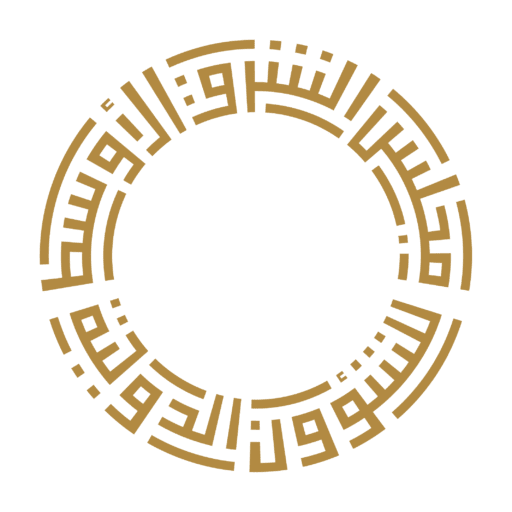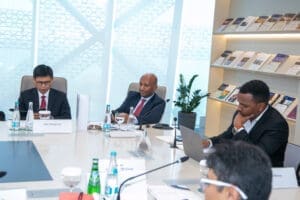The Gulf and the Horn of Africa:
Crossroads of Influence in the Trans-Red Sea Region
November 6, 2024
Summary
The Horn of Africa (HOA) and the Gulf region are tied by a long history of cultural, social, economic, and political links. While intra-Gulf geostrategic competition has brought both the Gulf and the Horn regions closer in various fields, it has also fueled local rivalries and contributed to the escalation of regional tensions and conflicts. The Bab al-Mandeb strait, a crucial node and vulnerable chokepoint along global trade routes, has accelerated geostrategic rivalries and interventions by global and regional actors including the United States, China, Iran, Russia, Saudi Arabia, and Türkiye.
Regional rivalries in the Gulf are a key, long-time dimension shaping broader trans-Red Sea dynamics. In Somalia, the UAE has supported the governments of the federal states of Somaliland, Puntland, and Jubaland since 2017, whereas Qatar and Türkiye have backed the central government in Mogadishu. Beyond hard security concerns, Gulf engagement with Horn states has grown to encompass large-scale infrastructure projects, agribusiness, mediation initiatives, humanitarian aid, counter-piracy operations, trade, among other areas. Gulf investments in Ethiopia, Somalia, Djibouti, and Somaliland also amount to billions of dollars. These investments could potentially catalyze economic growth, and promote security, peace, and stability across the HOA by disincentivizing radicalization among disillusioned youth.
To explore these complex dynamics, the Middle East Council on Global Affairs (ME Council) convened leading experts on both the Gulf states and the Horn of Africa to analyze core issues relating to the Horn and the Gulf, including inter-regional security, foreign policy, economics, and migration.










